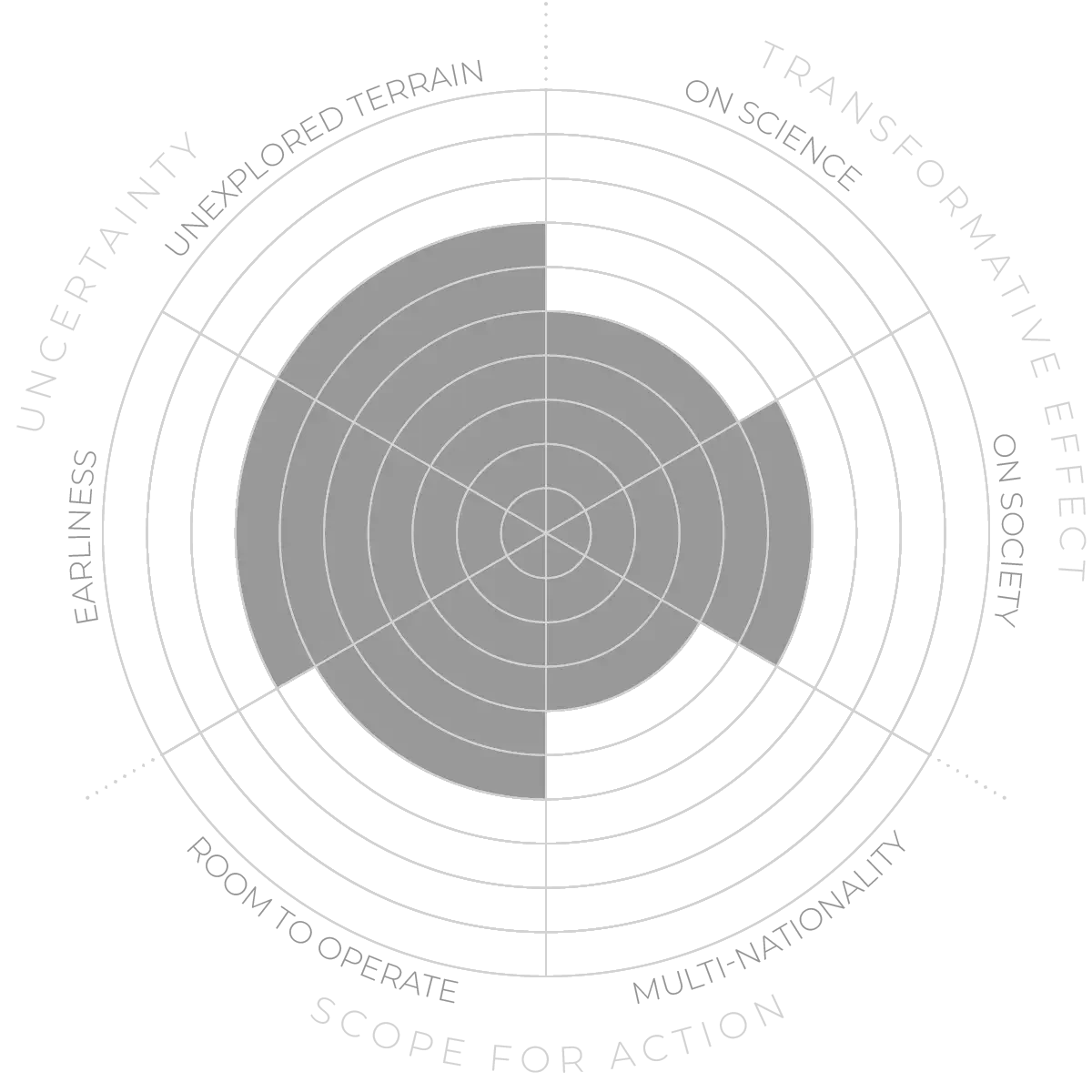Future Horizons:
10-yearhorizon
The first entirely closed-loop economic processes appear
25-yearhorizon
Circular economies become more widespread
There are many challenges here. Renewable energy is an important part of the solution because it eliminates generation of CO2 waste from fossil fuels. Properly pricing natural resources will require substantial interventions as well as regulation to direct the use of resources on a global scale.11 However, the war in Ukraine has significantly increased investment in renewable energy, providing an unexpected boost for efforts to create the foundations for circular processes.
At the same time, trials of circular processes are accelerating. Renault is currently fitting out Europe’s first dedicated circular-economy factory for vehicles,12 Philips has begun a project to remanufacture used medical machinery so it can be resold as new,13 with the relevant performance and product guarantees, and Dow has begun building chemical plants for turning used plastic into ethylene, which can be used to make virgin plastic again.14
Bootstrapping circular economies - Anticipation Scores
The Anticipation Potential of a research field is determined by the capacity for impactful action in the present, considering possible future transformative breakthroughs in a field over a 25-year outlook. A field with a high Anticipation Potential, therefore, combines the potential range of future transformative possibilities engendered by a research area with a wide field of opportunities for action in the present. We asked researchers in the field to anticipate:
- The uncertainty related to future science breakthroughs in the field
- The transformative effect anticipated breakthroughs may have on research and society
- The scope for action in the present in relation to anticipated breakthroughs.
This chart represents a summary of their responses to each of these elements, which when combined, provide the Anticipation Potential for the topic. See methodology for more information.



